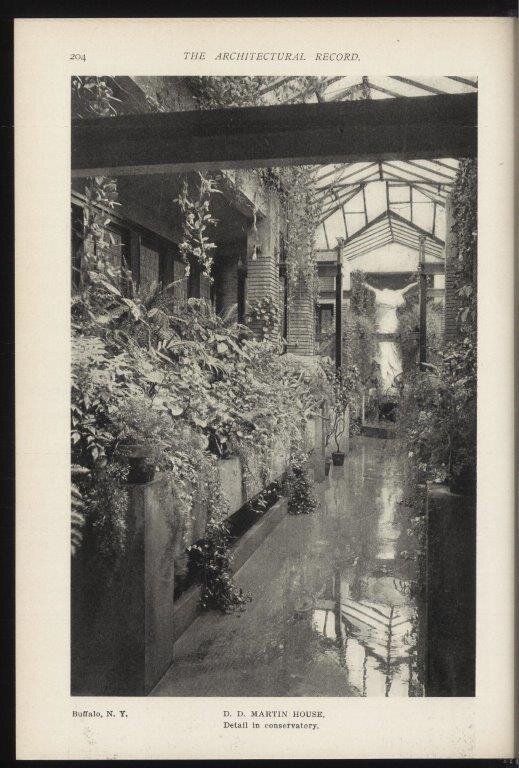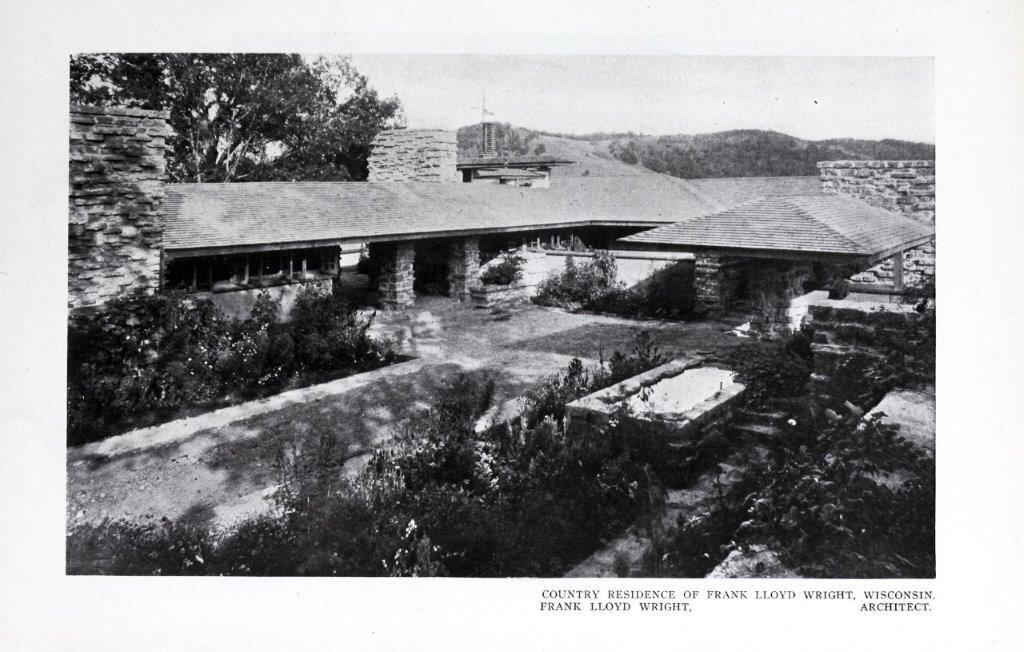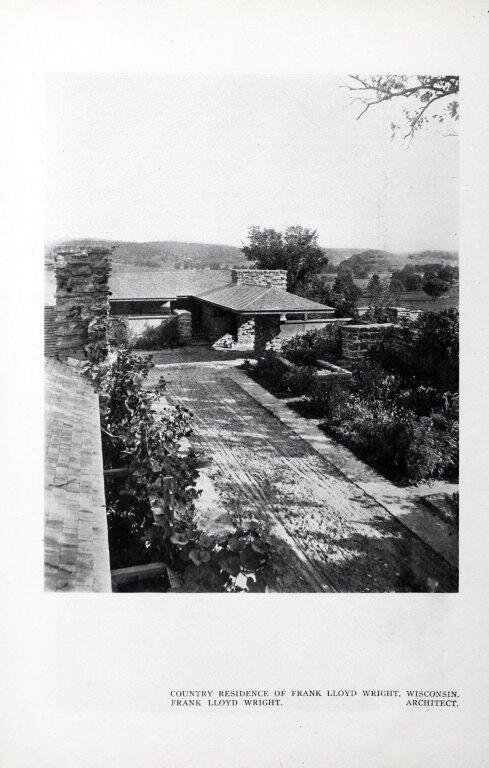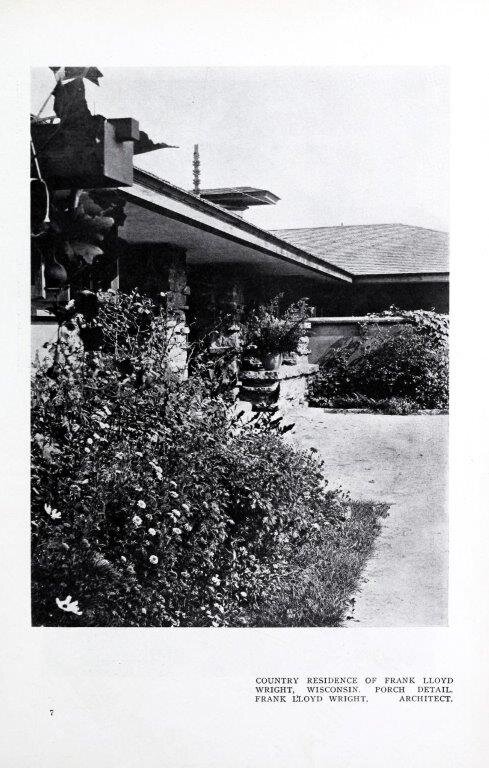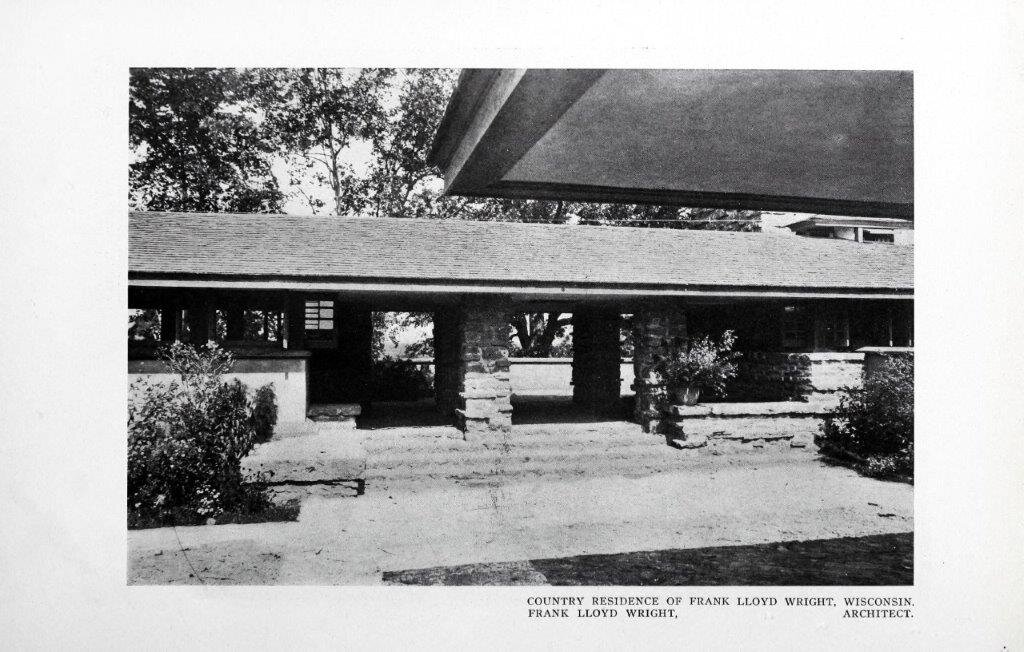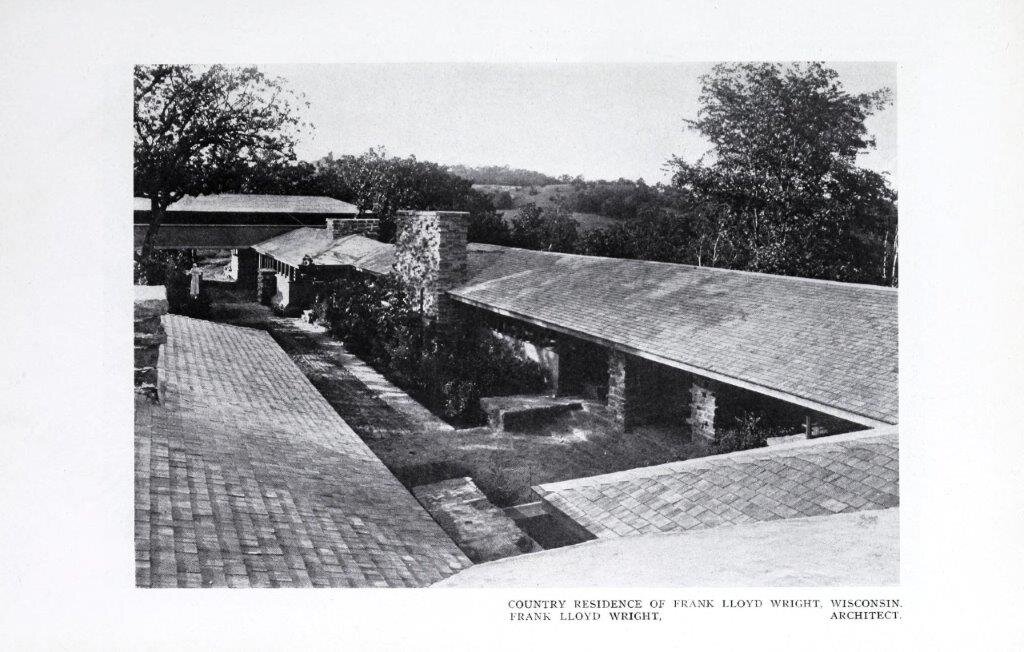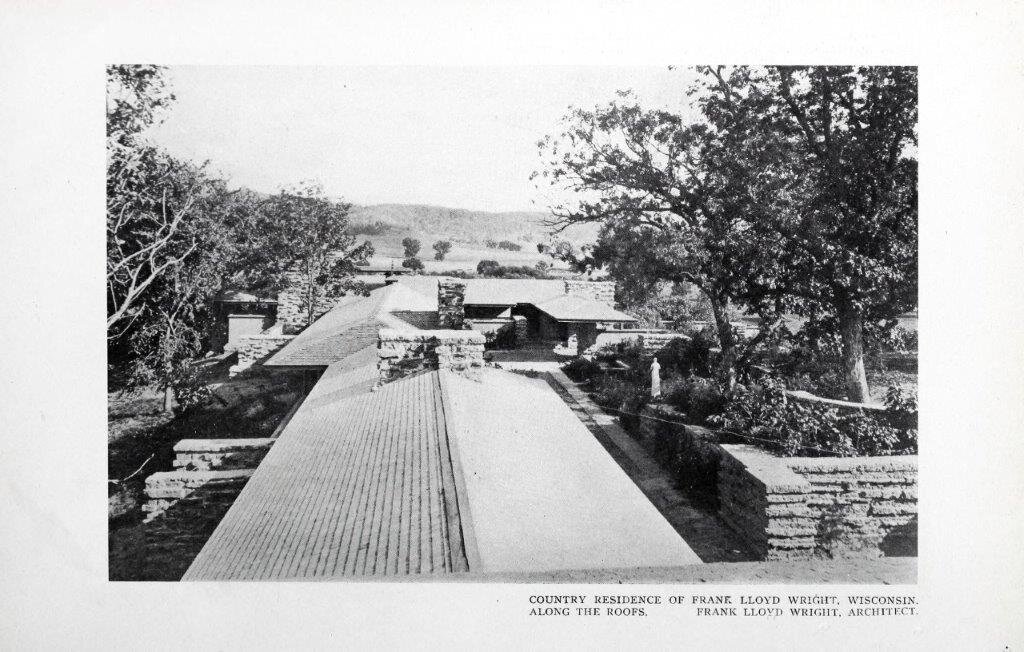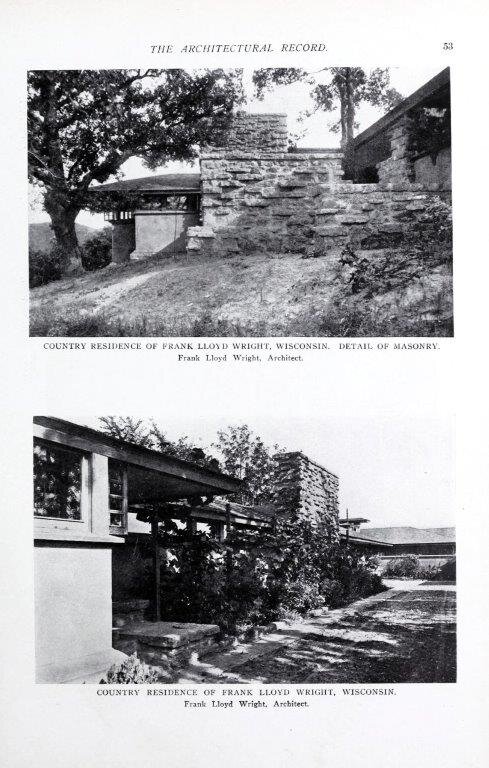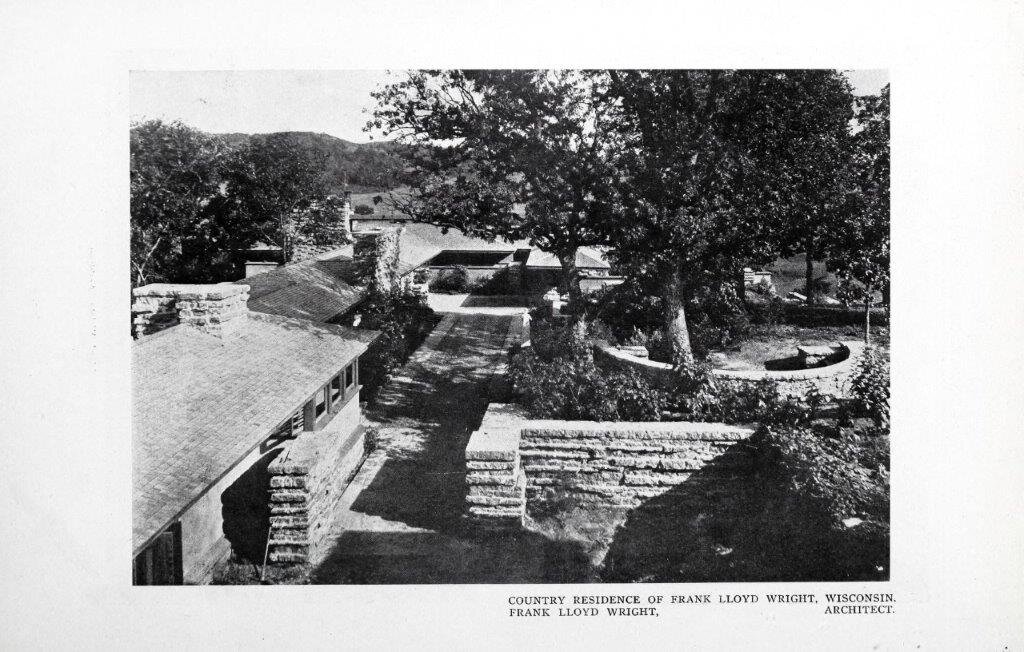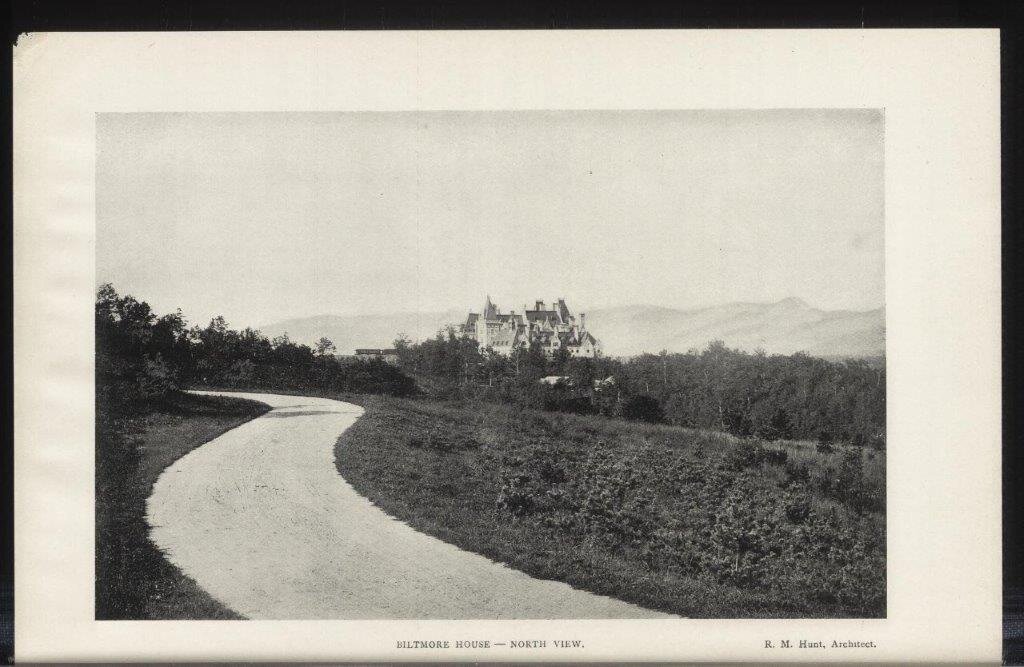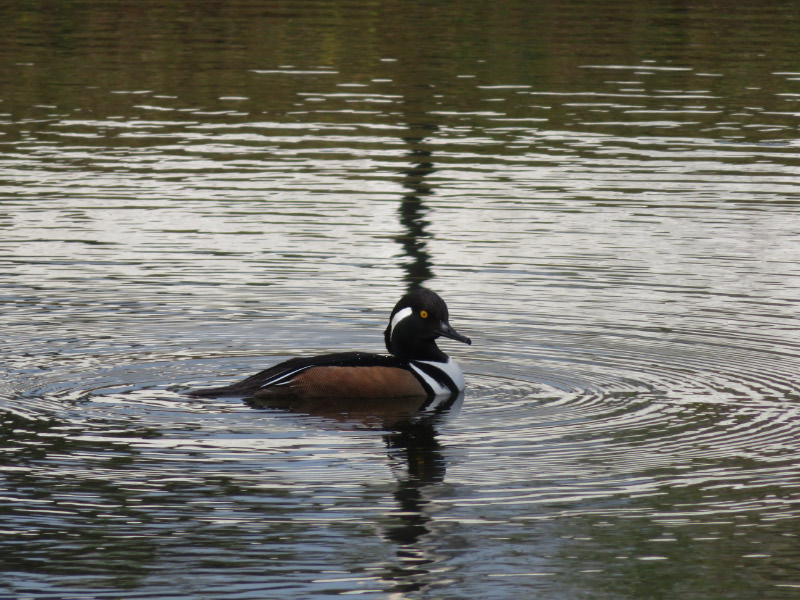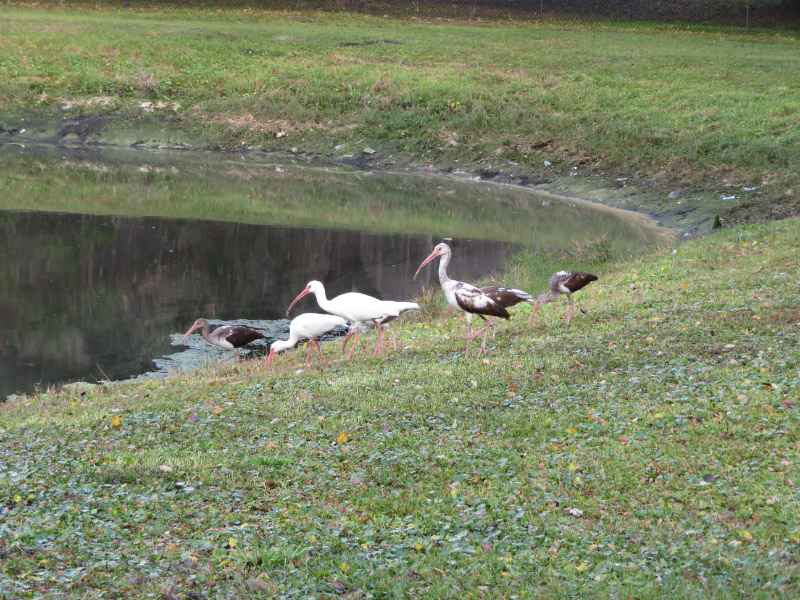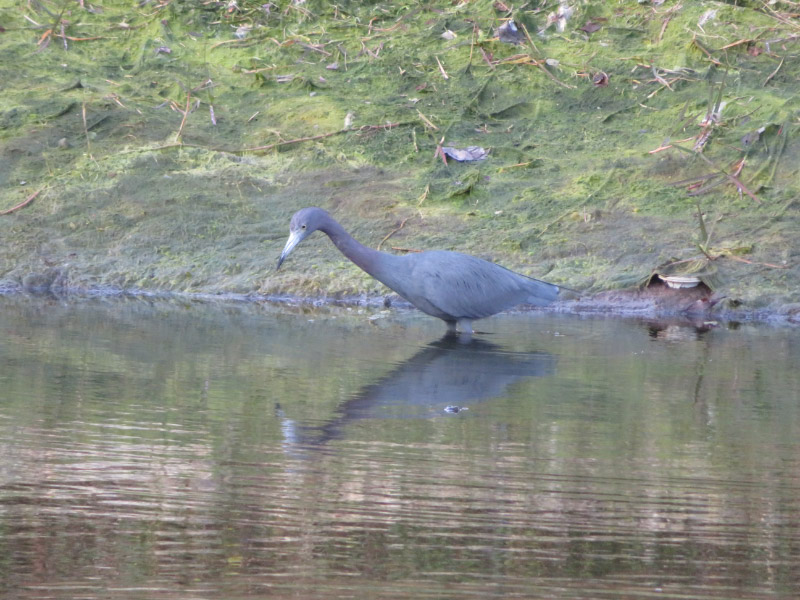Gleanings of the Week Ending November 16, 2024
/The items below were ‘the cream’ of the articles and websites I found this past week. Click on the light green text to look at the article.
Drought Expands Across the U.S. – We are finally getting some rain…but we are in the ‘extreme drought’ area of southwestern Missouri; it is going to take a lot to get back to ‘normal.’ On October 29, abnormal dryness and drought affected over 78 percent of the American population—the highest percentage in the U.S. Drought Monitor’s 25-year-long record.
Cholera, Zika and West Nile: The deadly diseases that sweep in after hurricanes – Damage to infrastructure has been the big focus of reporting in the US, but diseases are ramping up.
Florida health authorities released a warning in early October of a likely spike in Vibrio vulnificus infections, urging residents to avoid wading in floodwaters. Vibrio vulnificus is a bacteria which can cause the breakdown of skin and soft tissue, sometimes leading to amputations.
West Nile cases rose in Louisiana and Mississippi following Hurricane Katrina.
Studies found that flooding in Louisiana following hurricanes Rita and Katrina led to an increase in the airborne fungi Penicillium and Aspergillus, which can cause allergies, respiratory infections and pneumonia.
Research into the aftermath of hurricanes Maria, Irma and Michael, shows that a significant number of people in Florida developed new chronic health conditions such as asthma and allergies in the six months following the disasters.
Satellite Imagery Shows Breadth of Flooding in Spain - Valencia saw a year’s worth of rainfall in just eight hours, with floods destroying buildings, disrupting trains, and leaving more than 100,000 homes without power.
What animal societies can teach us about aging - Humans are not the only animals to change our social behavior as we age. Red deer may become less sociable as they grow old to reduce the risk of picking up diseases, while older house sparrows seem to have fewer social interactions as their peers die off.
The world’s oldest tree? Genetic analysis traces evolution of iconic Pando forest - By sequencing hundreds of samples from the tree, researchers confirmed that Pando, a quaking aspen tree (Populus tremuloides) in Utah, is between 16,000 and 80,000 years old. Pando consists of some 47,000 stems that cover an area of 42.6 hectares in Utah’s Fishlake National Forest. Because of the way the plant reproduces, this collection of aspens is technically all one tree, supported by a single, vast root system. Pando is triploid, meaning that its cells contain three copies of each chromosome, rather than two. As a result, Pando cannot reproduce sexually and mix its DNA with that of other trees, and instead creates clones of itself.
Have we found all the major Maya cities? Not even close – Using lidar to survey 50 square miles revealed evidence of more than 6,500 pre-Hispanic structures, including a previously unknown large city complete with iconic stone pyramids.
Stunning Shortlisted Photos From the 2024 Close-Up Photographer of the Year Contest – My favorite was “Chicory” for the color…and that I knew what it was!
Low-level lead poisoning is still pervasive in the US and globally - Chronic, low-level lead poisoning is a major risk factor for cardiovascular disease in adults and cognitive deficits in children. Factors such as menopause and hyperthyroidism release lead sequestered in the skeleton, which causes a spike in blood lead concentrations. The solution to protecting people from lead poisoning is to identify and eliminate environmental sources of lead: eliminating lead acid batteries, replacing lead service lines, banning leaded aviation fuel, reducing lead in foods, abating lead paint in older housing, and further reducing lead-contaminated soil and other legacy sources.
Ghost Forests Creep Into North Carolina - Large swaths of cypress and pine forests along the southeast Atlantic coast have died, shed their bark, and become pale, leafless snags that line the waterways like gravestones. In the period before winds topple the snags over and shrubs cover them up, researchers call the eerie ecosystems “ghost forests.” One place that is it happening is Alligator River National Wildlife Refuge…and I realized I have been there! We visited in April of 2015. It was the first place I saw river otters and two vultures (different species) sharing a meal. There probably were bald cypress dying in 2015, but it is even more evident now.
Trees cool better than reflective roofs in vulnerable Houston neighborhoods - Heat islands occur in cities where structures such as buildings and roads absorb the sun's heat more than natural landscapes such as trees and grass. The researchers considered three different heat island mitigation strategies: painting roofs white to increase solar reflectance; planting vegetation on roofs to increase evaporation through the plants; and planting more trees, which increases evaporation and provides shade.






